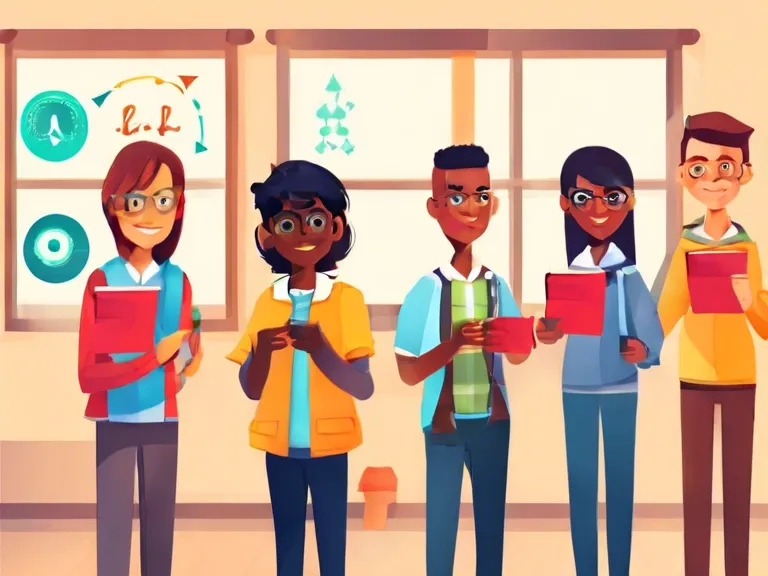
Gamification in Education: Engaging Students in New Ways
In recent years, the concept of gamification has gained momentum in education as a powerful tool to engage students in new and innovative ways. Gamification involves incorporating elements of game design, such as point systems, rewards, and competition, into non-game contexts like classrooms. By leveraging the principles of motivation and engagement inherent in games, educators can create a stimulating and interactive learning environment that fosters greater student participation and achievement.
One of the key benefits of gamification in education is its ability to make learning more interactive and enjoyable for students. By incorporating game-like elements into lessons and assignments, educators can create a more engaging and immersive learning experience that captures students' attention and motivates them to actively participate in their own learning. In addition, gamification can help to make complex concepts more accessible and easier to understand by breaking them down into smaller, more manageable tasks that students can tackle at their own pace.
Furthermore, gamification can also help to foster a sense of healthy competition among students, encouraging them to strive for excellence and push themselves to achieve their academic goals. By rewarding students with points, badges, or other incentives for completing tasks and meeting objectives, educators can motivate students to put in their best effort and take ownership of their own learning. This can lead to increased student engagement, improved academic performance, and a greater sense of accomplishment and self-confidence.
Overall, gamification in education has the potential to revolutionize the way we teach and learn by making education more interactive, enjoyable, and effective. By harnessing the power of game design and motivation, educators can create a dynamic and engaging learning environment that inspires students to reach their full potential and become lifelong learners.



